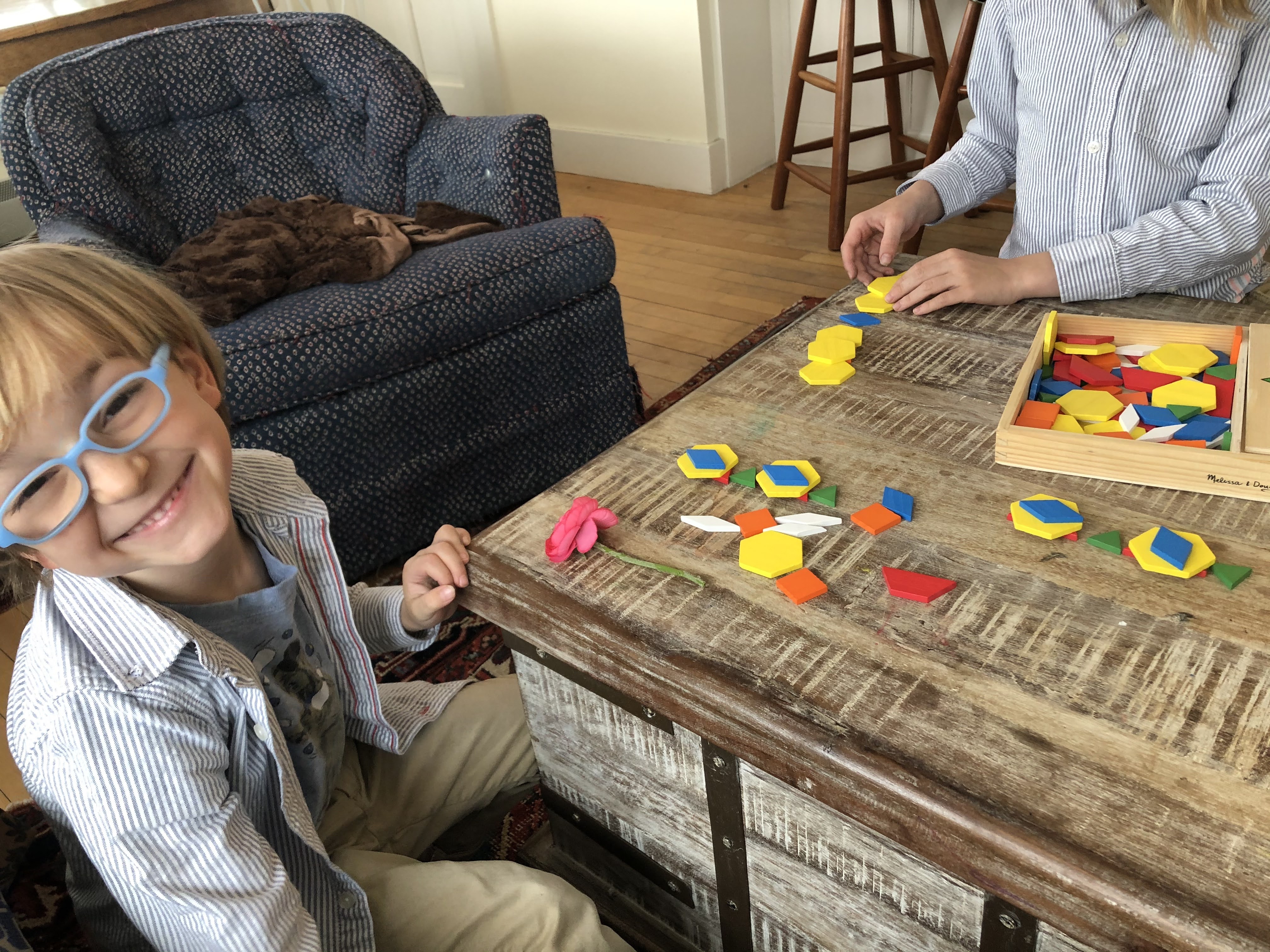
At Crossroads, we think a lot about the transfer of learning. We want our students to use the knowledge and virtues they’ve studied and then apply them to new situations in productive ways, hopefully for the greater good. Educators sometimes classify this transfer of knowledge in two categories. First, it can occur in similar situations or within related bodies of knowledge. For example, learning about one kind of insect in second grade can enhance learning about other kinds of insects. Researchers call this a “near transfer” of knowledge. Second, it can occur in dissimilar situations in what researchers classify as “far transfer” of knowledge. Peter Faletra, the Director of the New Hampshire Academy of Science, once told me that teaching students violin helps them be more proficient with their future laboratory work. Though there’s no direct application of knowledge, it is interesting to note that a high percentage of Nobel Laureates across scientific fields also play instruments.
In these times of distance learning, I believe it’s important for educators to consider both the “near transfer” and the “far transfer” possibilities for our students’ learning. This might include everything from making connections between the content and disciplines throughout the Core Knowledge curriculum to becoming more effective using Google Classroom and Zoom as they prepare for a future world where collaborative problem solving across borders is likely to be more vital than ever. We are not far away from having large-scale virtual labs that provide scientists with access to computers to create molecular models for all kinds of medical applications, regardless of where they are physically located. This is the world that our students will be helping to create and one of the reasons we hope to build and equip a big data lab in our new Middle School.
We don’t know if today’s pandemic is a once-in-a-century occurrence or if our interconnected ways will make pandemics a more frequent threat during our students’ lifetimes. But perhaps the knowledge our students are mastering today through distance learning will help them become better equipped to deal with similar problems in the future. As we grasp for any silver lining from the current crisis, this is one I hope comes true.




